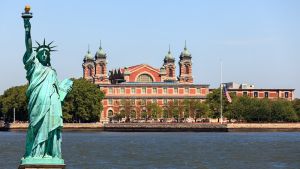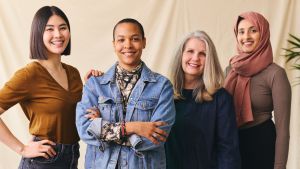Born in Trinidad, Dr. Kamal Khan had parents who placed a high priority on academics. That’s what prompted Khan to finish his senior year of high school in New Jersey, where his uncle, a family physician and role model, ran a private practice.
But after earning his master’s degree in public health from Rutgers University, Khan quickly discovered that “as a foreign student, you have limited opportunities in the United States if you want to go to medical school.” So Khan got his M.D. from University Eugenia Maria De Hostos in the Dominican Republic and then returned to the United States to dedicate his life to helping Black, Latino and other underrepresented students pursue careers in the STEM (science, technology, engineering and mathematics) fields.
In 1985, while serving as an instructor at Robert Wood Johnson University Hospital, Khan cofounded the Rutgers University Office of Diversity and Academic Success in the Sciences (ODASIS), whose Access-Med program prepares promising undergrads from economically and/or academically disadvantaged groups for STEM careers with emphasis on health-allied professions. Today, Khan’s program serves about 500 at-risk undergrads annually, and in 2009, 86 percent were accepted to medical school.

















